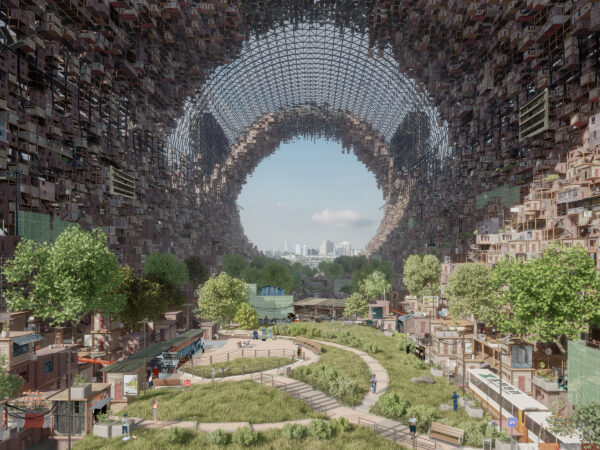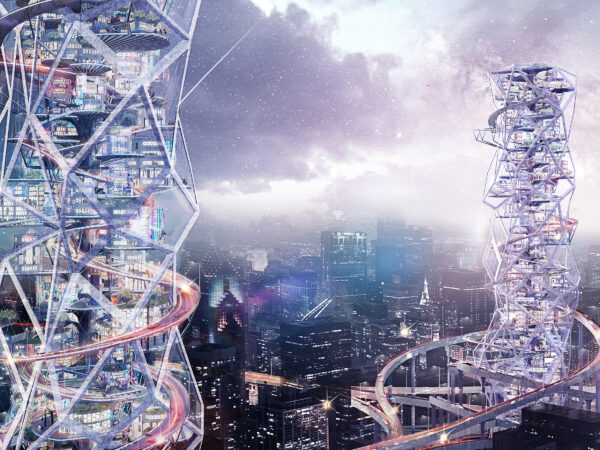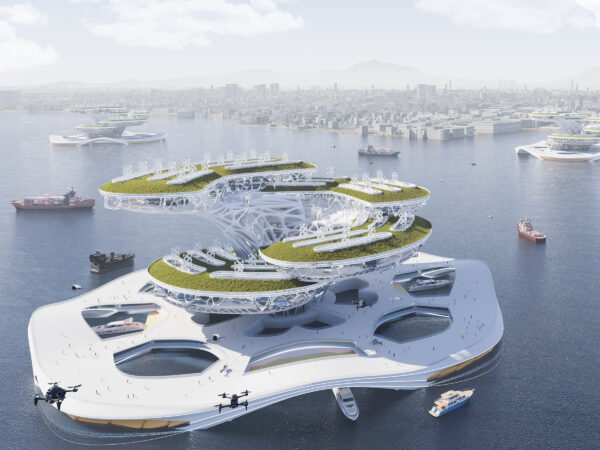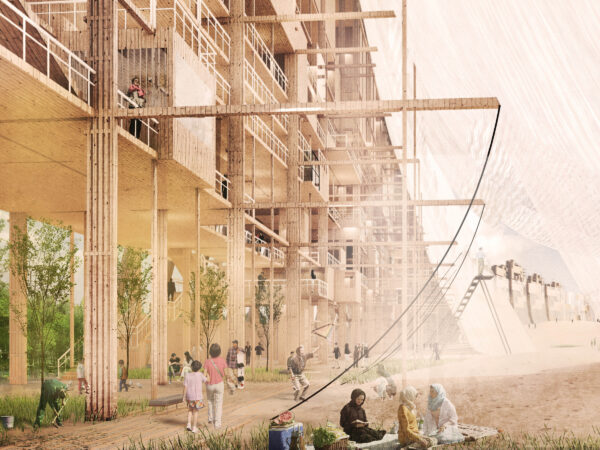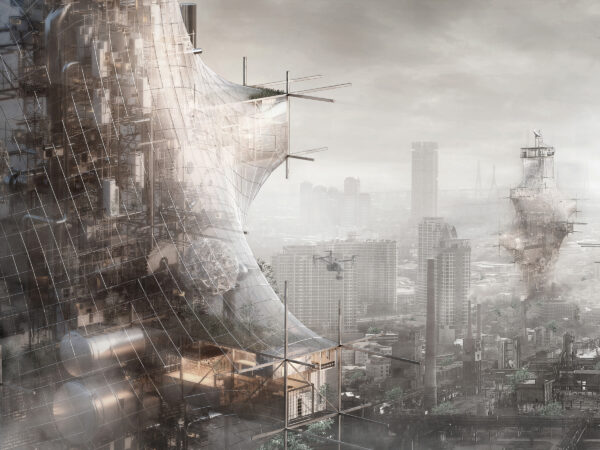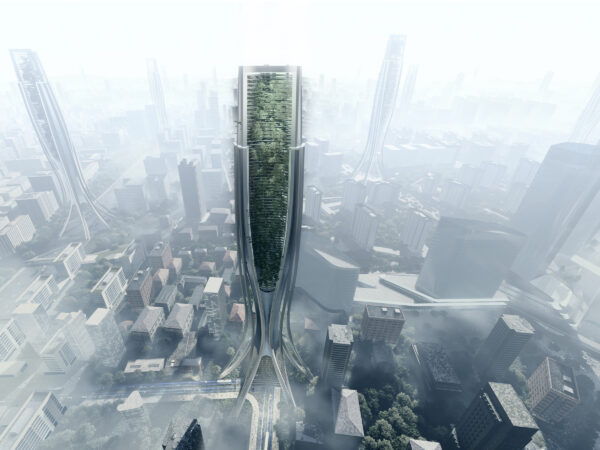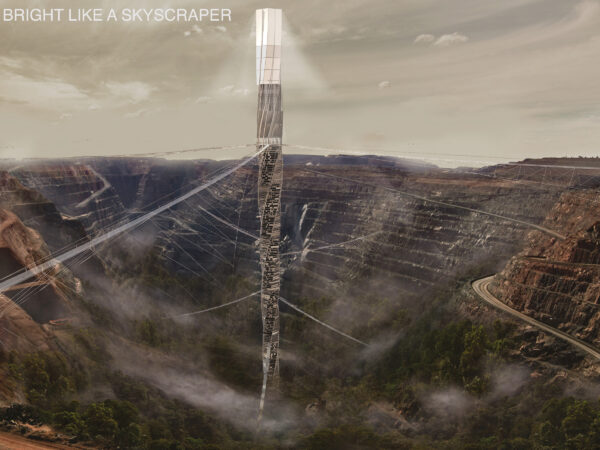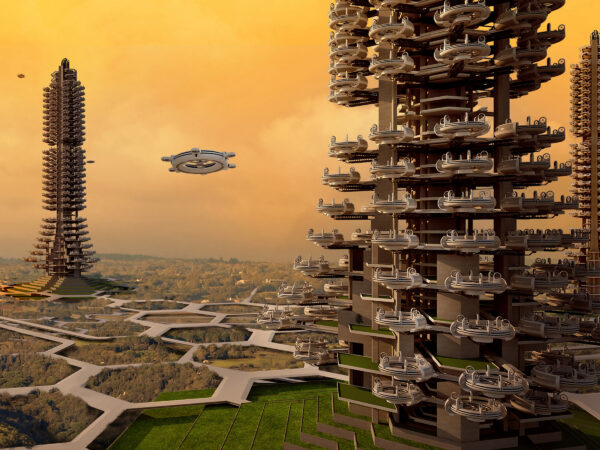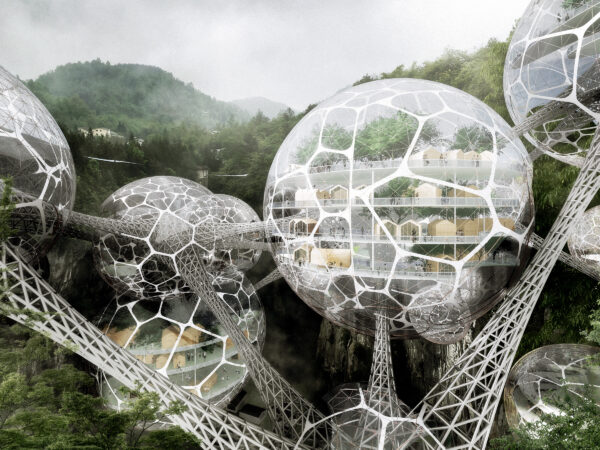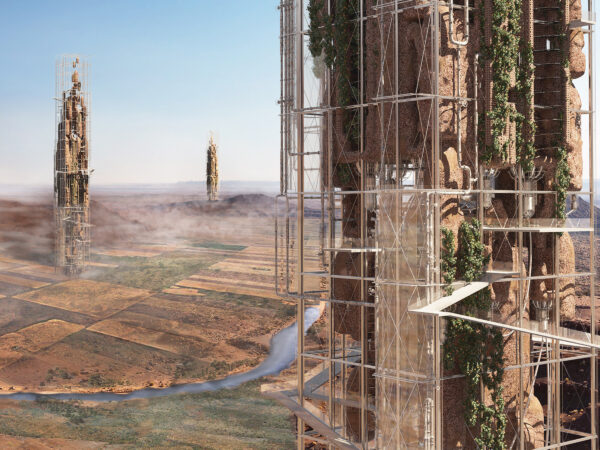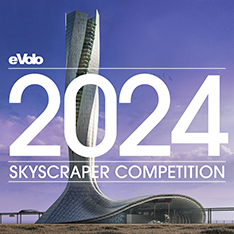Honorable Mention
2022 Skyscraper Competition
Yunheng Fan, Baoying Liu, Rongwei Gao, Junliang Liu
China
Urbanization is an important symbol of a country’s transition from a backward agricultural society to modernization, and China is undergoing an important transformation of urbanization. Migrant workers, a discriminatory and self-contradictory title, deeply reflect their status of “marginal people,” the main force of urban construction in China. They work in cities but do not have urban hukou, or household registration, and do not enjoy social security. They make great contributions to the city, they yearn for the city, but are not accepted by the city and are free from mainstream society.
The migrant worker community gathers these workers (often called “drifters”) together and the collective living allows them to gradually blend into the society. At the same time, the Urban Condenser serves as a cohesive device for the city, allowing urban residents and migrant workers to intermingle. With community, city, migrant workers, residents, and other dimensions of identity as the object, and with lifestyle, tourism, community mechanism, and other connections within the community as the link, the Urban Condenser builds a “super community” to stimulate social development. Read the rest of this entry »

